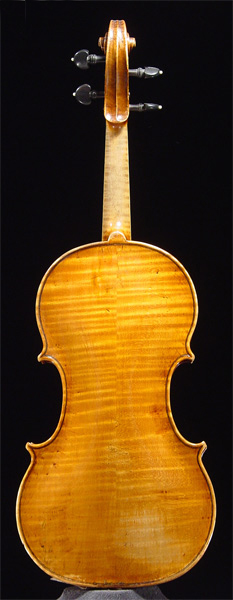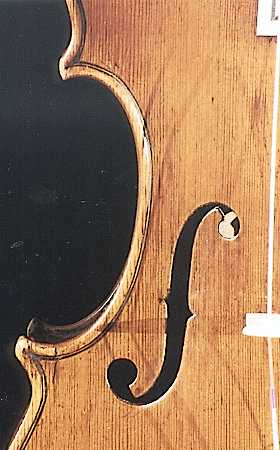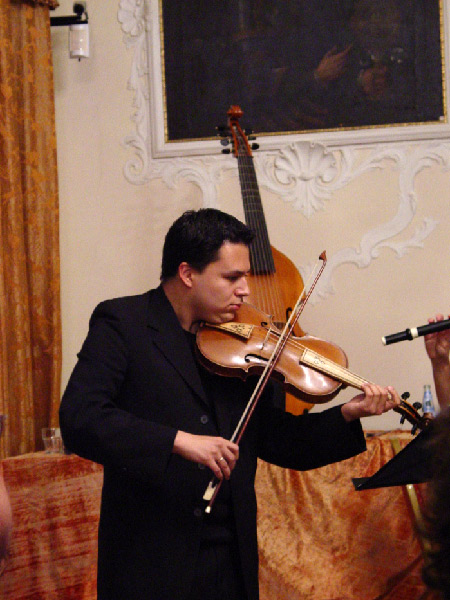The University of Hamburg has carried out dendrochronological studies (see materials in the exhibition) on the wood of this violin. Dendrochronology is the science of determining the date of the annular rings in pine or spruce, serving to establish when the tree was felled. Dr. Peter Klein and Dr. Micha Beuting have established that the rings on the top of this violin run from 1489 until 1658, indicating that the tree was felled in or about 1659. The violin was therefore built shortly thereafter.






